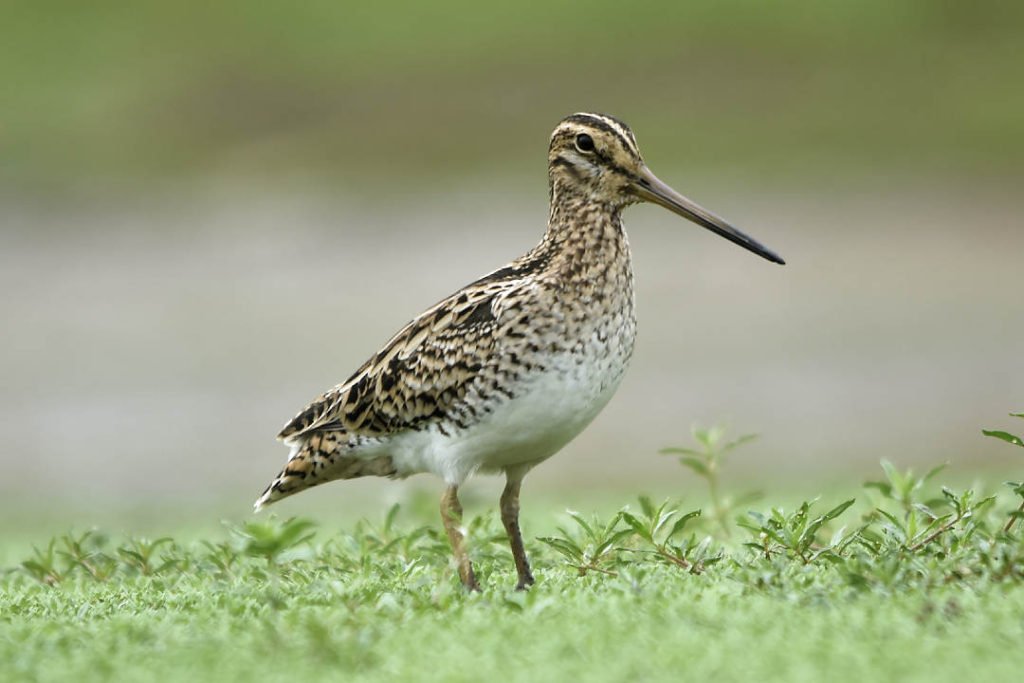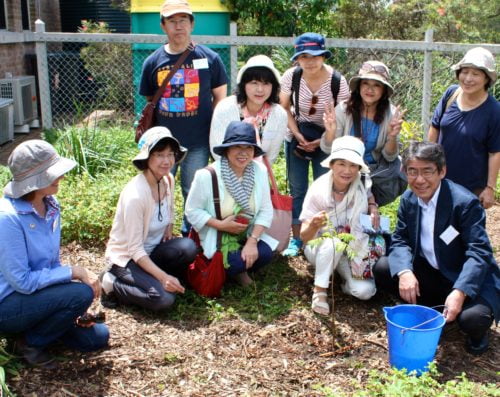Latham’s Snipe shores up wetlands diplomacy with Japan
One of the most amazing birds you might be lucky to come across in Port Stephens is Latham’s Snipe (Gallinago hardwickii).
Once hunted as a gamebird, this migratory shorebird – Australia’s biggest snipe weighing up to 230 grams – is now fully protected.

It has been sighted at Horizons Golf Course, the Salamander Wetlands (the ponds, dams and wetlands around the Salamander Sport Complex), Bobs Farm and Myall Quays, Irrawang Swamp in Raymond Terrace, as well as at the Hunter Estuary Wetlands, a Ramsar site.
Also known as the Japanese Snipe and Japanese Racing Pigeon, Latham’s Snipe has mainly brown plumage, a long straight bill, short legs, and wings that when folded, project well past the tail, giving a pointed look.
They are hard to spot as they are very shy and secretive, spending time in eastern Australia in wetlands and grasslands, making ready to depart in February-March to their breeding grounds in Hokkaido, Japan. As omnivores they feed on seeds and plants, worms, spiders and insects, some molluscs, isopods and centipedes.
They are well camouflaged, blending into the background until they burst from their hiding place with a loud ‘krek!’ only to land nearby where they become invisible again.
In July-August they’ll take off from northern Japan for Australia flying mainly non-stop for 8,500 kilometres. One bird has been recorded flying non-stop over three days covering 7,000km over the Pacific Ocean, at an average speed of just over 95km/hr.
The birds start to arrive in the Hunter Region in late August and then depart north in late March the following year. They live in an endless summer!
But this somewhat enigmatic creature is representative of much more than extraordinary flying and navigation skills.

Photo © Graeme Chapman
Its international lifestyle has drawn attention to the importance of wetland ecology and was named in talks to establish the Sister Wetlands Agreement connecting the municipalities of Port Stephens, Newcastle and Kushiro, Hokkaido.
In short, Latham’s Snipe has become a de facto diplomat for wetlands conservation and rehabilitation.
On 7 November 1994, the Sister Wetlands Relationship was formed between the then communities of Kooragang Wetland, Hunter Wetland Centre and associated wetlands (near Newcastle and Port Stephens) and Kushiro Marsh, Kiritappu Marsh, Lake Akkeshi and Bekanbeushi Marsh, on 7 November 1994.
It was renewed on 7 November 2004 at Newcastle, signed by the Lord Mayor of Newcastle, the Mayor of Port Stephens and the Mayor of Kushiro City. The signing attracted 90 Japanese supporters to Newcastle and Port Stephens.
The agreement was formally renewed again in Newcastle in 2015 when 12 Japanese, including a four-person mayoral delegation, visited the region. Kushiro Mayor Hiroya Ebina, Newcastle Deputy Lord Mayor Michael Osborne and Port Stephens Mayor Bruce MacKenzie were the signatories.
The mayors reaffirmed that wetlands are one of the most important global environments to be valued because of their diversity and high productivity, declared their hope to play a leading role in promoting the Ramsar Convention and the value and importance of wetlands through the friendly relationship between Australia and Japan.

Photos © Nigel Dique

Latham’s Snipe was named as providing an important biological link between the Kushiro and Hunter wetlands. Of course, it is not the only migratory bird doing the trip annually. There are several others including the Grey-tailed Tattler (Tringa brevipes), which visits Japan in large numbers on its way from Australia to breeding grounds in central Siberia.
According to Birdlife Australia, shorebirds undertake the longest known migration of any species, flying the length of the East Asian Australasian Flyway from Australian shores to the Arctic Circle to breed each year. However, it says destruction and degradation of their wetland and intertidal habitats means migratory shorebirds have experienced population declines of up to 80% over the last 30 years.
BirdLife Australia’s Migratory Shorebird Program holds a range of projects (including the Australian Shorebird Monitoring Program), bringing together national and flyway-wide partners including federal, state, and local governments, universities, NGOs, and volunteer groups to coordinate and implement a flyway-wide response to the extinction crisis. Find out more here: www.birdlife.org.au/projects/shorebirds
The Kushiro wetlands are the largest in Japan and were the country’s first to be listed (in 1980) under the Ramsar Convention.
Port Stephens and Kushiro have become sister cities following of the initial wetlands agreement and, prior to the Covid pandemic, have pursued cultural exchanges.
Useful links:
Internationally significant wetlands – Hunter Estuary Wetlands
